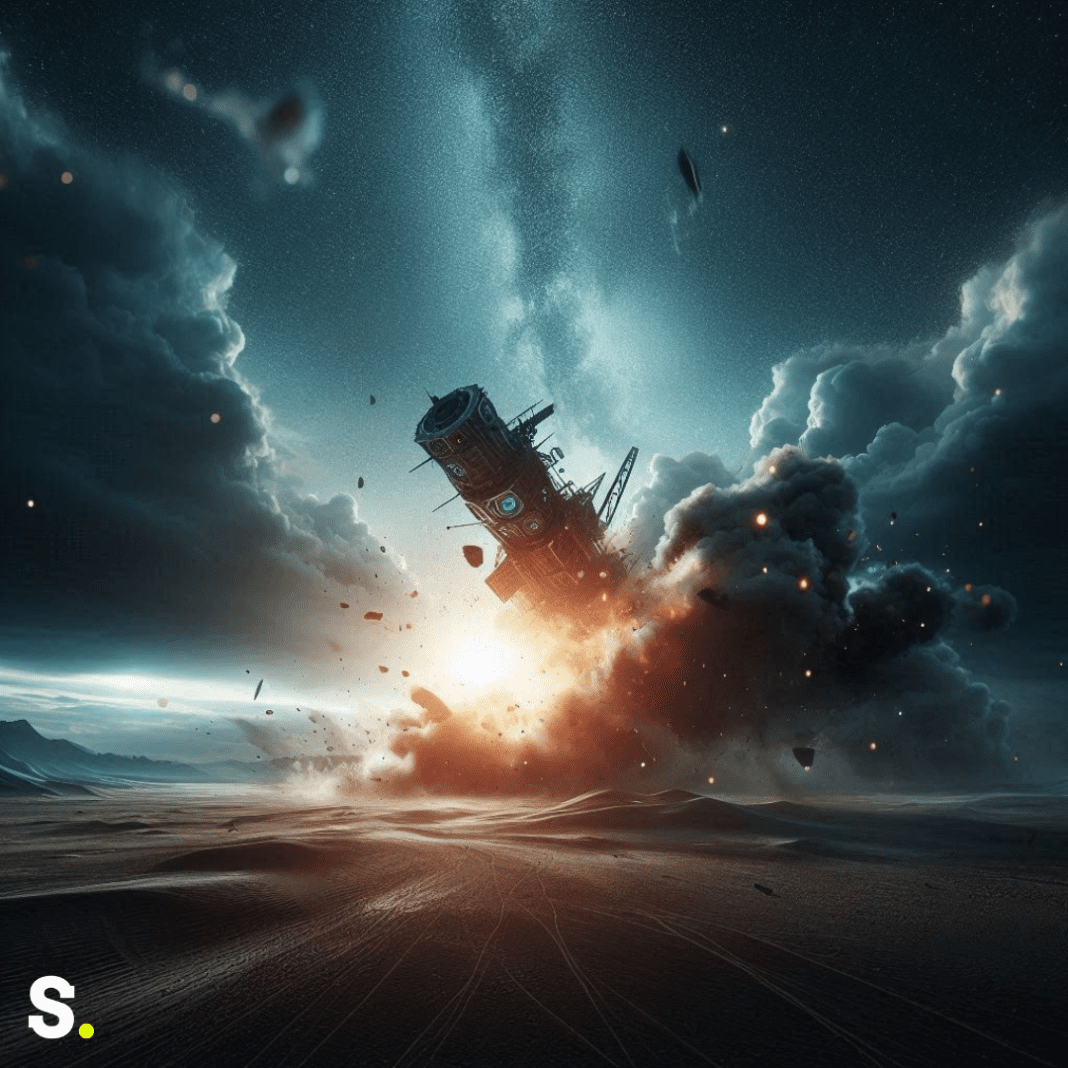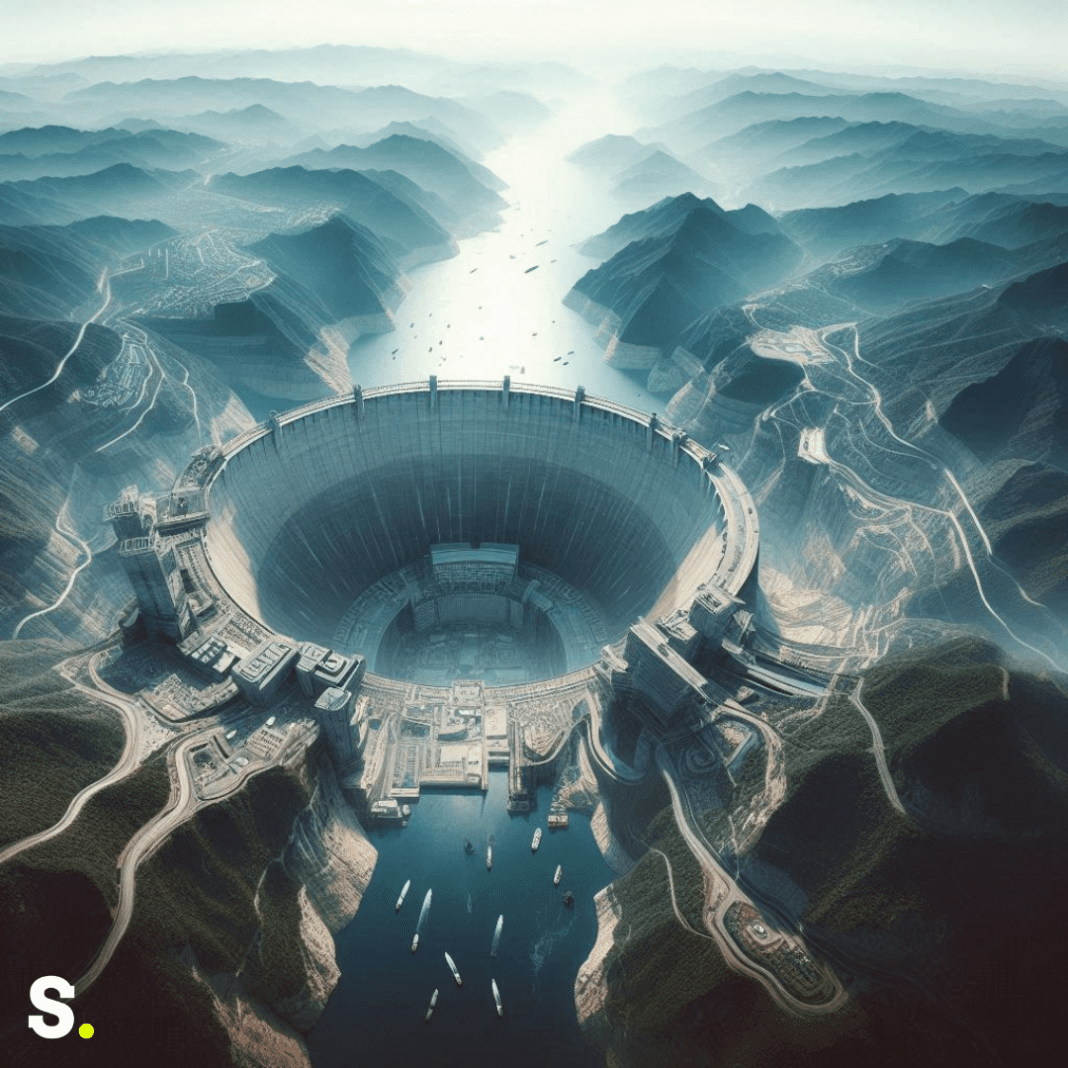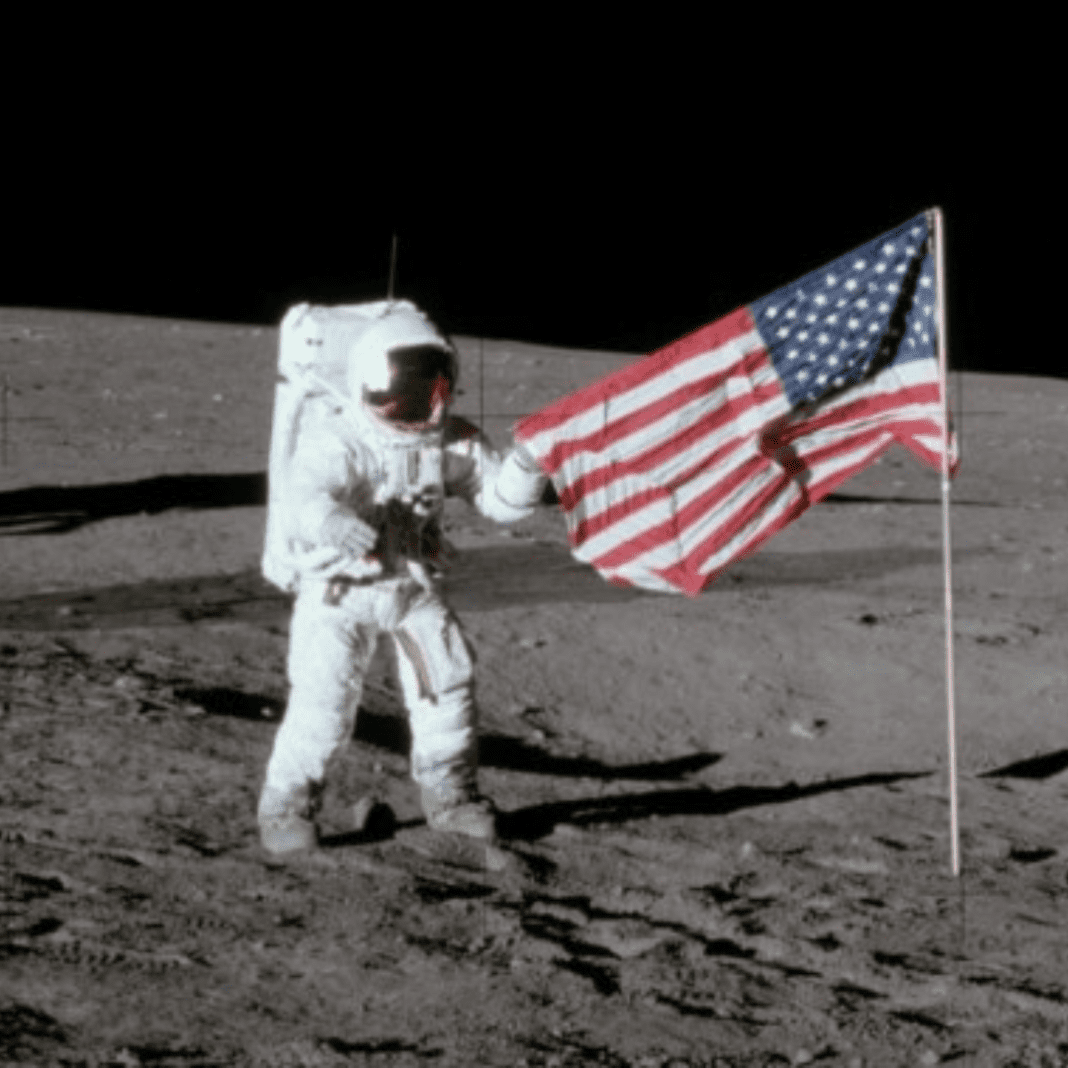Early Space Dreams and Disaster of Apollo 1
Apollo 1 marked a tragic chapter in the history of space exploration, highlighting the extreme risks associated with venturing into the cosmos. Human curiosity about the universe has always driven us to explore the stars, and this drive led to the ambitious goal of sending astronauts into space and eventually landing on the Moon. By the late 1960s, space exploration had become a major focus for many nations. The United States, in particular, made headlines when astronauts successfully landed on the Moon in 1969.
This was a historic moment that captured the world’s imagination and demonstrated human ingenuity and bravery. However, this success was preceded by significant tragedies, including the Apollo 1 disaster, which underscored the dangers of space travel. The Apollo 1 mission, intended to be the first manned mission in the Apollo program, tragically ended with a devastating fire that claimed the lives of three astronauts during a launch rehearsal.
One of the most tragic events occurred during the Apollo 1 mission. Apollo 1 was intended to be the first manned mission in the Apollo program, which aimed to land astronauts on the Moon. Unfortunately, during a launch rehearsal on January 27, 1967, a devastating fire broke out in the command module. The fire consumed the cockpit, leading to the deaths of three astronauts. This tragedy was a harsh reminder of the high risks involved in space exploration and led to a major overhaul of the spacecraft’s design and safety protocols.
Soviet Space Mishaps
The Soviet Union was a major player in the space race, competing closely with the United States in the quest for space exploration. The Soviets went through their own terrible experiences. In 1967, Soyuz 1 was launched with high hopes but faced numerous technical problems almost immediately. The mission’s goal was to rendezvous with another spacecraft, Soyuz 2, which was already in orbit. However, Soyuz 1 encountered severe issues, and the mission had to be aborted.
In an attempt to slow its descent and make a return to Earth, the spacecraft was designed to employ parachutes. Unfortunately, the parachutes failed to open, and the spacecraft crashed into the ground at an extremely high speed. The Soyuz 1 pilot perished in this collision. This incident was a significant setback for the Soviet space program and highlighted the critical need for reliable technology in space missions.
Another heartbreaking incident in the Soviet space program occurred in 1971 with Soyuz 11. The mission involved a crew of three cosmonauts who had spent around 23 days in space. Something terrible occurred when they were getting ready to return to Earth. The spacecraft made a safe landing once it entered the atmosphere once more. However, when the capsule was opened, the crew was found to be deceased. The cause of their deaths was a malfunction in the ventilation system, which led to the loss of cabin pressure during their time in space. This catastrophic failure was a devastating blow to the Soviet space efforts and caused widespread grief within the country.
American Space Disasters
The space shuttle Challenger disaster of 1986 remains one of the most well-known tragedies in space exploration history. The Challenger mission was notable for including a civilian, a school teacher, among its crew. The launch was broadcast live, and millions of people around the world watched with excitement. Sadly, the spacecraft detonated 72 seconds after liftoff. The explosion was caused by a failure in the fuel tank insulation, which was exacerbated by unusually cold temperatures on the day of the launch. All seven crew members in Apollo 1 mission aboard the Challenger were killed instantly. The disaster led to a two-year suspension of NASA’s space program as the agency worked to address the safety issues and prevent future tragedies.
Another major disaster occurred in 2003 with the space shuttle Columbia. Columbia broke apart after its successful 16-day space mission while it was reentering Earth’s atmosphere. The cause of this disaster was traced back to a rupture in the heat insulation foam on one of the shuttle’s wings, which had been damaged during the launch. This damage allowed hot gases to penetrate the wing during re-entry, leading to the shuttle’s disintegration. All seven crew members aboard Columbia lost their lives in this tragic accident.
These incidents, from the Apollo 1 fire to the Columbia disaster, serve as sobering reminders of the risks involved in space exploration. Each tragedy underscores the immense challenges and dangers faced by astronauts as they push the boundaries of human knowledge and exploration. Despite these setbacks, the pursuit of space continues, driven by the same curiosity and determination that led to these ambitious missions in the first place.




